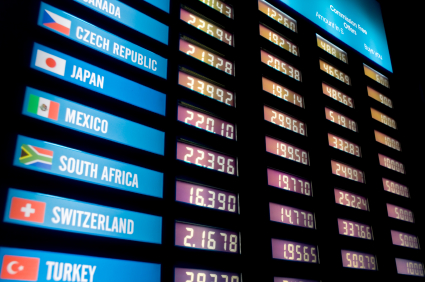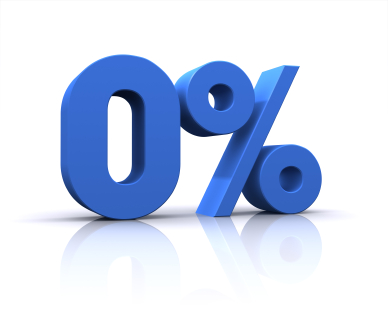How currency rates are calculated

For many of us the only time we look at exchange rates is the tourist rates in the windows of bureau exchanges and banks. But how are these exchange rates calculated?
The rate you see in the window is the rate which that particular outlet is charging you for its currency and this is based on what they pay which is known as a the interbank rate or spot rate, this is the price that large institutions pay for their currencies.
Before we can understand how high street financial institutions arrive at their exchange rates we must first understand how this “interbank rate” is arrived at.
Put simply the value of a country’s currency is an indication of the health of its economy and the rate is its relative strength towards the comparative currency’s economy. However the mechanism behind exchange rates is a far more complicated one and involves several key factors such as inflation levels, interest rates, trade deficits and political stability that all rely on one another to determine a rate.

- Interest Rates – If a country has a higher interest rate to its peers it will attract deposits from those countries. This inflow of deposits increases the value of the domestic currency of that country and increases the value of its currency.
- Inflation Rates – However if this country has a high inflation rate this erodes the gain achieved from the high interest rate and results in a “real interest rate” which is the interest rate minus the rate of inflation. IE. A country has an interest rate of 7% but has inflation of 3.5% then that countries real interest rate is only 3.5%, making it a less desirable place for depositors and resulting in an outflow of money and a devaluation of the local currency.
- Economic Stability – Both of these factors are reliant on the stability of the economy and more importantly others perception of how well an economy is performing.
- Spot Rate – This is the rate that the world’s large financial institutions are paying for a commodity, in this instance a particular currency, for delivery today.
- Future Rate – This is the rate that the world’s large financial institutions are paying for a commodity, again in this instance a particular currency, for delivery at a future date. This rate indicates the worlds perception of how the other factors will perform over time. For example if there is an election in 12 months time it could impact government policy and have a knock on effect in that country’s currency.
When looking up currency rates it can seem like another language as there are a lot of acronyms and what are known as “tickers.” A ticker is a acronym for each countries currency. For example USD is United States Dollar, GBP is Great British Pound and EUR is for the Euro.
The exchange rate you pay
Once all these Macro economic figures are crunched together and the worlds leading financial institutions have settled on a spot rate and future rates, or interbank rates, these are then charged to the thousands of brokers and money exchanges around the globe. To then add a margin to the rate they add what is known as a “Sell Price” and “Buy Price”.
For example a bureau de change can buy Euros at a rate of £1 = €1.20 they will then advertise Selling at €1.10 and buying at €1.30. This means for every £1 you give them you receive €1.10 and for every €1.30 you give them you will receive £1. They make £.10 per pound selling it to you and £0.10 buying it back from you.
Ignore 0% commission claims
In the past money changers would make a margin from the buying and selling of currency but also charge a commission fee on top. This practice is a thing of the past with virtually no companies doing this now, but almost all use the boast of zero percent commissions to make it look like their customers get the best deal. This is the equivalent of a car salesman telling you that he won’t charge a commission but not telling you the price of the car. In practice this is irrelevant as it all comes do to the exchange rate they will charge you, they could be 10% more expensive that their competitors. So compare the rates offered by different companies to see what the best deal.
